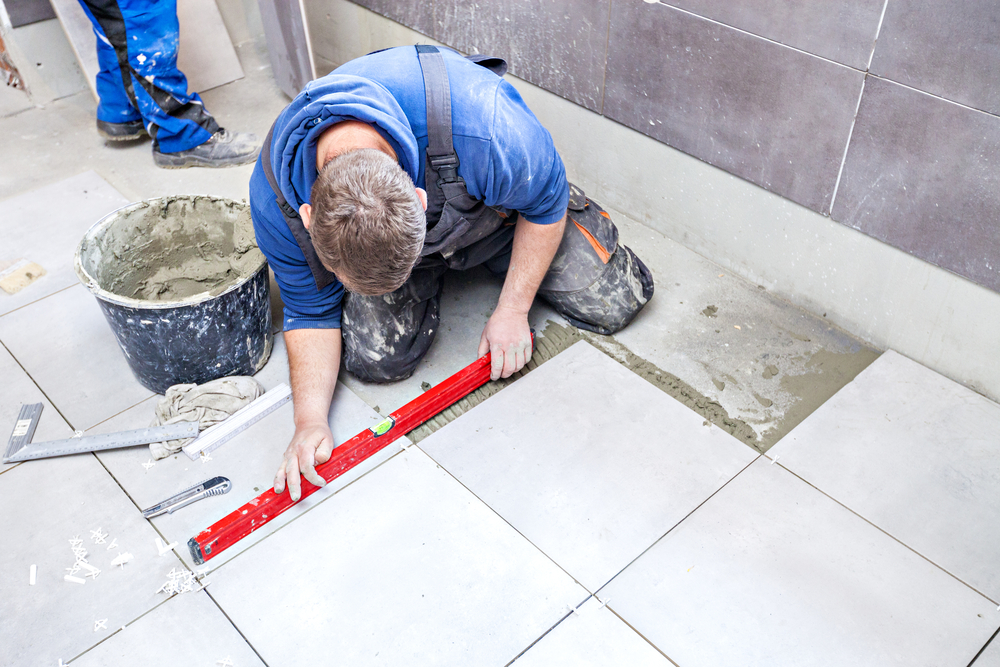
Getting a new ceramic tile floor (or a laminate, hardwood, sheet vinyl, or some other type of product) can improve the appearance of the space and the safety by offering a solid footing for everyone and good contrast.
Beginning with the client
When we meet our potential clients initially – because they contacted us, they were referred to us by someone else, or we met them some other way – we want to begin getting to know about them and their circumstances. When they desire aging in place renovations, the sales process is a little different. than other sales methods. It is more personal and softer.
When we are selling a product, we focus on the features and benefits of that product. We try to get the client to appreciate how that product will help them and how they will be happy having and using it – even if they had not been thinking of getting it or did not have a specific need for it. We paint word pictures of what it will mean to own and use it in addition to illustrating the product.
However, we are not really selling a product because we want to make money for ourselves or our company. Often, we are selling a service more than a product, but we are selling it because the client can benefit from having it. This is reversal of normal sales strategy where the salesperson considers how they will benefit from making the sale.
So many possibilities
Our clients may contact us for a specific reason. They may need us to help with a certain aspect of their home. It may need to be enlarged, reconfigured, or made much safer. In such cases, the client generally knows what they want in general terms so it’s not a case of convincing them to make a purchase. Rather, it’s meeting their desires with an effective design at a price they can accept or justify.
There may be a specific need that focuses on a doorway, steps, using the shower, or other areas the client already has identified. It may involve storing and retrieving items from a cabinet or closet. It could be the flooring or lighting. Likely the client will have an idea of where they want to start with an update or improvement. After our analysis, we may concur with them, or we may suggest some related improvements that they are free to accept or decline.
The point with the way that we approach working with people in their homes is that they remain in control. It’s their home. It will go on being their home after we have completed our work and left. Therefore, we want to make sure that we are addressing their needs for function, accessibility, convenience, and safety and not just making a sale to help us.
Not really a sale in the traditional sense
When we present a proposed solution to our clients and they accept it, we are being employed by them to create what we have agreed to provide and what they have agreed to have us deliver. This is not a sale in a conventional sense where the salesperson often is attempting to create revenue for themselves and their company, with the client being a necessary part of the scenario. Rather, the focus is entirely on meeting the client’s needs, and the money will follow.
When we truly serve the client and create a functional improvement for them, both parties are happy, and we can be satisfied that we have met a need and helped someone. The more times we can provide assistance, the more revenue we will achieve, but this is the byproduct of helping our clients.
